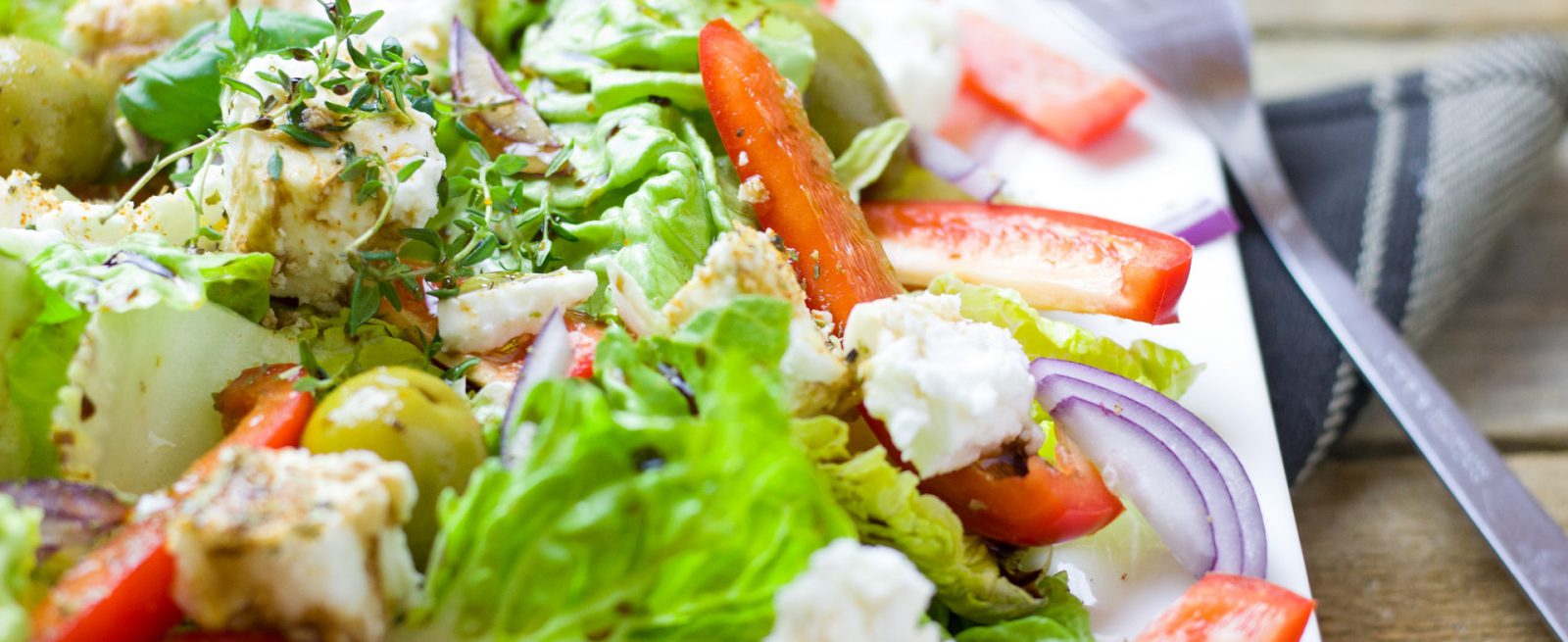COGS. It’s a common term, but still a confusing one in foodservice.
Take a moment and think about your COGS. How do you think about it? What does it include? How much of your costs are included when you decide on a selling price?
Do you really want to print a menu based on food cost estimates?
In 30+ years of working with foodservice operators and lots of experience in other sectors, I can tell you one thing with confidence: I don’t know of any industry that focuses less on COGS than foodservice. Did you know that most manufacturing facilities (like cars, air conditioners, etc.) include labor as a production cost? Not as overhead, but a real cost to produce the product. That’s not done routinely in foodservice, but probably should be.
Same with the packaging for your catering/retail sales: including packaging is a little more popular, but it’s not universal. It seems easier, doesn’t it? There really is a one-to-one relationship between packaging and the recipe. Every outgoing coffee gets a cup, lid, and sleeve. You pay for it, but don’t always include it in your food cost.
So what is this COGS all about? And how much do you really think about it? When I talk to operators, I always try to find out what they know about their COGS. The most common answer? ‘It’s in the chef’s head’. Ouch. That really means no one knows. Not because chefs don’t know what they’re paying for radicchio. It’s because they don’t know what their side salad costs them. That’s too much to do in your head. What happens when tomato prices skyrocket?
But here’s where I think foodservice has so much more work to do than traditional manufacturers/producers. Let’s take a small facility that assembles lamps. They purchase 1,000 bases, 1,000 shades, 1,000 cords, etc. When they’re done assembling, they will have very close to 1,000 lamps. It’s easier, because they purchase and use inventory in the same unit of measure.
But now let’s go back to the house salad.
Sure you know the case cost for radicchio, and you may even know how much it weighs. But what about the edible portion? What percentage is that? How many cups of trimmed/cleaned radicchio are in a pound? If that’s a guess, then any costing is unreliable. This is the ‘as purchased to edible portion’ conversion, and it’s another challenge to the COGS battle you need to wage. To state the obvious: if you don’t know your true cost of goods, how do you really know the right selling price? Do you really want to print a menu based on food cost estimates?
Yet we see this all the time. And I am really convinced that the failure to manage this COGS issue is the reason so many quality operations fail. We cover this topic in great detail when I do on-site training. It starts with produce and ends with proteins. We use real examples, real yearly purchases, and real shrinkages: the shrinkage amounts for some single items is in the thousands.
Back to my conversation with operators. What I hear is this: “people love what I do, we’re busy, but I’ve got nothing in the bank.” After I have the COGS discussion with them, what I generally hear is silence.
Fortunately, there are resources to help you get your hands around the ‘as purchased to edible portion’ conversion issue.
One is to spend time and do the tests and conversions in house. Second, is to purchase something like ‘The Book of Yields’, which contains literally thousands of conversions and yields. It’s an amazing reference, and one every kitchen should have at their fingertips. The first option requires time, planning, labor, and probably some wasted inventory. That’s doesn’t seem like a great option, does it? The second option is a one-time expense that pays back forever. That makes more sense for sure.
That’s why we decided to include the Book of Yields conversions in our cloud based food costing app,
reciProfity. It took a lot of work and royalties to create this integration.
So there are several options for calculating your shrinkage. But, in my opinion, you don’t have an option to ignore it. That’s almost a guarantee for failure. Once understood, you have a reliable idea of your potential food cost and margin. If that number doesn’t work for you, then your actual food cost will even be more worrisome.


